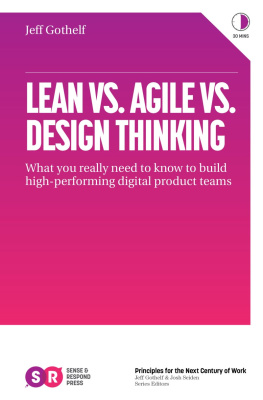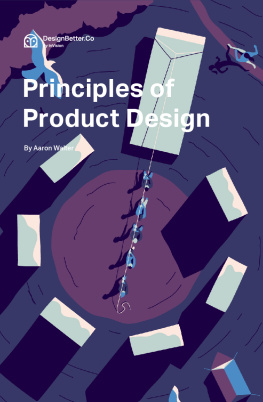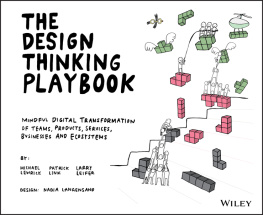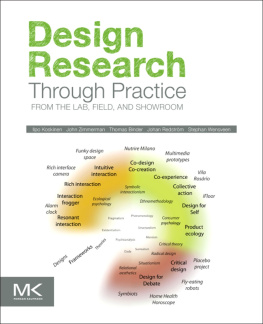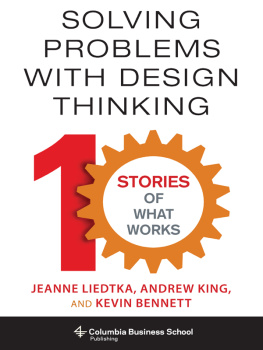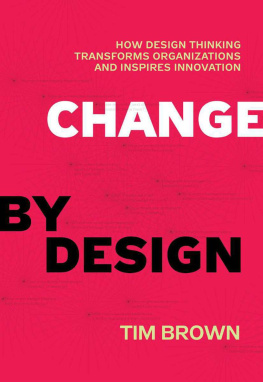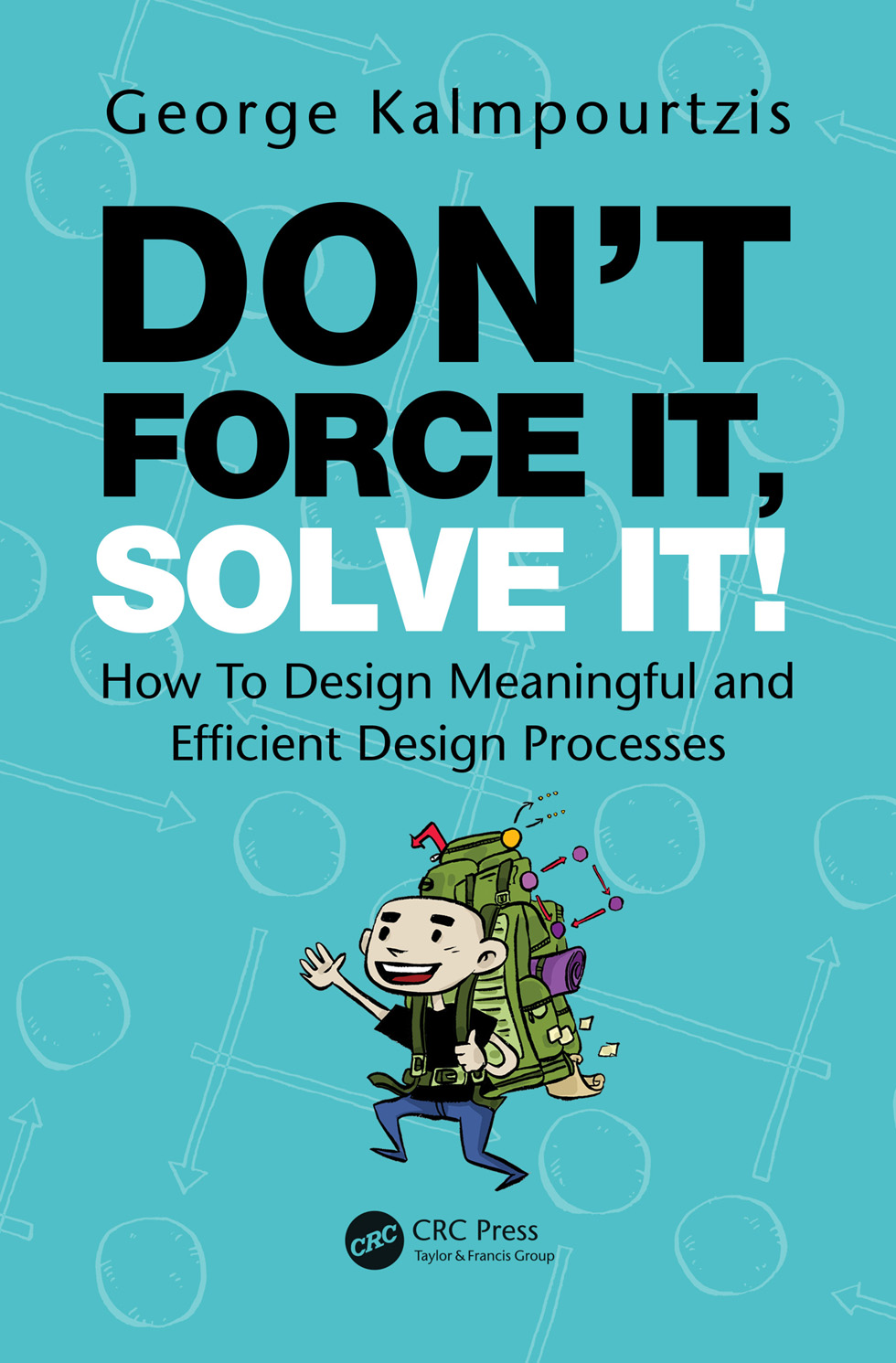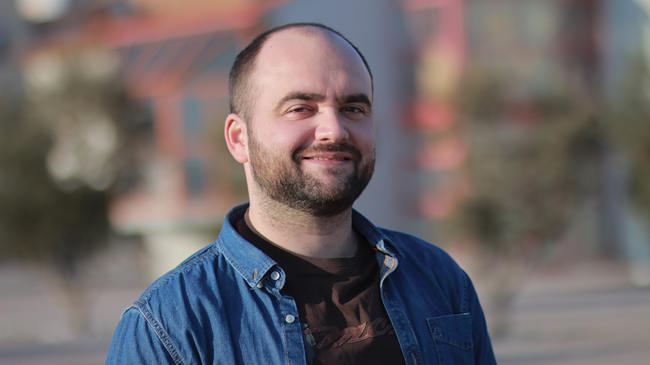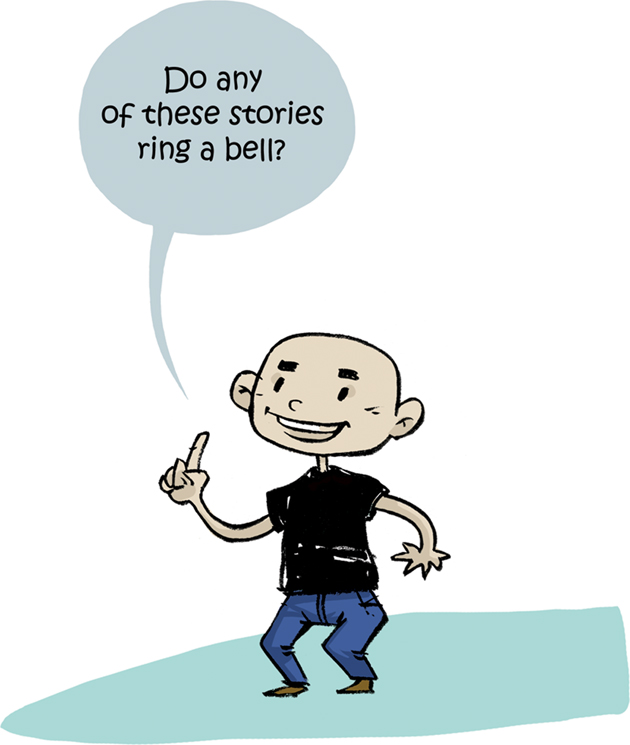George Kalmpourtzis - Don’t Force It, Solve It!: How To Design Meaningful and Efficient Design Processes
Here you can read online George Kalmpourtzis - Don’t Force It, Solve It!: How To Design Meaningful and Efficient Design Processes full text of the book (entire story) in english for free. Download pdf and epub, get meaning, cover and reviews about this ebook. year: 2022, publisher: CRC Press, genre: Home and family. Description of the work, (preface) as well as reviews are available. Best literature library LitArk.com created for fans of good reading and offers a wide selection of genres:
Romance novel
Science fiction
Adventure
Detective
Science
History
Home and family
Prose
Art
Politics
Computer
Non-fiction
Religion
Business
Children
Humor
Choose a favorite category and find really read worthwhile books. Enjoy immersion in the world of imagination, feel the emotions of the characters or learn something new for yourself, make an fascinating discovery.

- Book:Don’t Force It, Solve It!: How To Design Meaningful and Efficient Design Processes
- Author:
- Publisher:CRC Press
- Genre:
- Year:2022
- Rating:5 / 5
- Favourites:Add to favourites
- Your mark:
Don’t Force It, Solve It!: How To Design Meaningful and Efficient Design Processes: summary, description and annotation
We offer to read an annotation, description, summary or preface (depends on what the author of the book "Don’t Force It, Solve It!: How To Design Meaningful and Efficient Design Processes" wrote himself). If you haven't found the necessary information about the book — write in the comments, we will try to find it.
Knowing various frameworks and methodologies is crucial. This book takes you one step further by transforming individuals or teams into adaptable problem-solving powerhouses.
George Ketsiakidis, Design Researcher, Shanghai Jiao Tong University
George is a master of design process thinking, and it comes out in every word of his writing.
Ryan Gerber, Founder, Quest Labs
Its not how much time we spend on design that impacts product and service success: its whether that time has been spent on solving the right problems. The field of design, with a greater focus on user-centered design, steadily acquires a central position on the work of product design teams. From large corporate environments to startups, multidisciplinary teams of developers, designers, project managers, and product managers need to find ways to understand each others needs, overcome obstacles, communicate efficiently, and perform, creating products that satisfy their users needs.
In an era when the main differentiating factor between products are the teams that created them, George Kalmpourtzis Dont Force It, Solve It!: How To Design Meaningful and Efficient Design Processes is the perfect roadmap for navigating the twisting paths of project management and user-centered design.
KEY FEATURES:
This book aims at helping software teams work more efficiently by setting up their own design processes.
For organizations, this book helps decode the design processes, allowing them to deliver experiences that address the real problems of their audiences.
This book offers a combination of theory and practice that will help its readers understand how to design efficient processes and apply this knowledge in their own work.
This book includes many insights in the form of colorful doodles.
George Kalmpourtzis is an award-winning User Experience & Learning Experience Consultant and Game Designer. Finding himself between the fields of educational technology, design, and game studies, he has been founder, C-level stakeholder, director, and board member of several design studios, startups, and consulting agencies.
George Kalmpourtzis: author's other books
Who wrote Don’t Force It, Solve It!: How To Design Meaningful and Efficient Design Processes? Find out the surname, the name of the author of the book and a list of all author's works by series.

